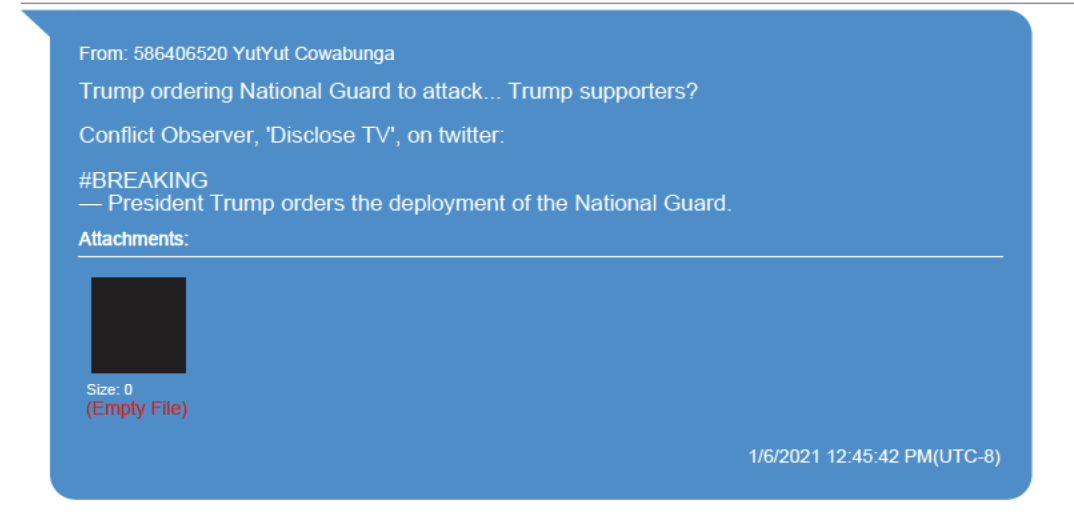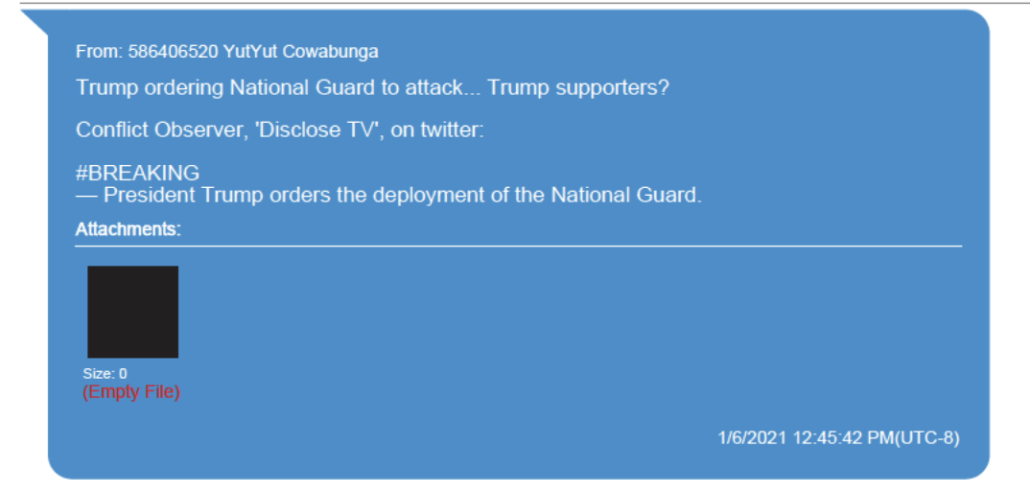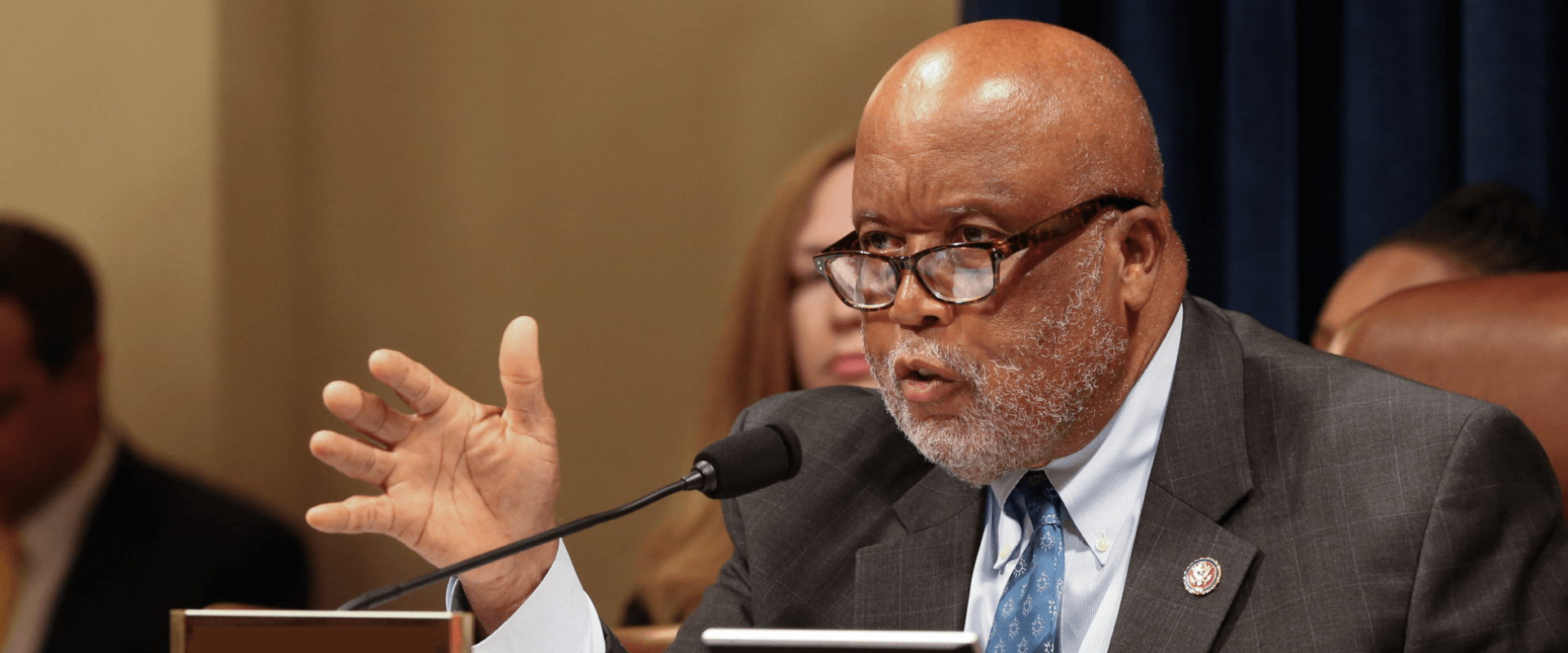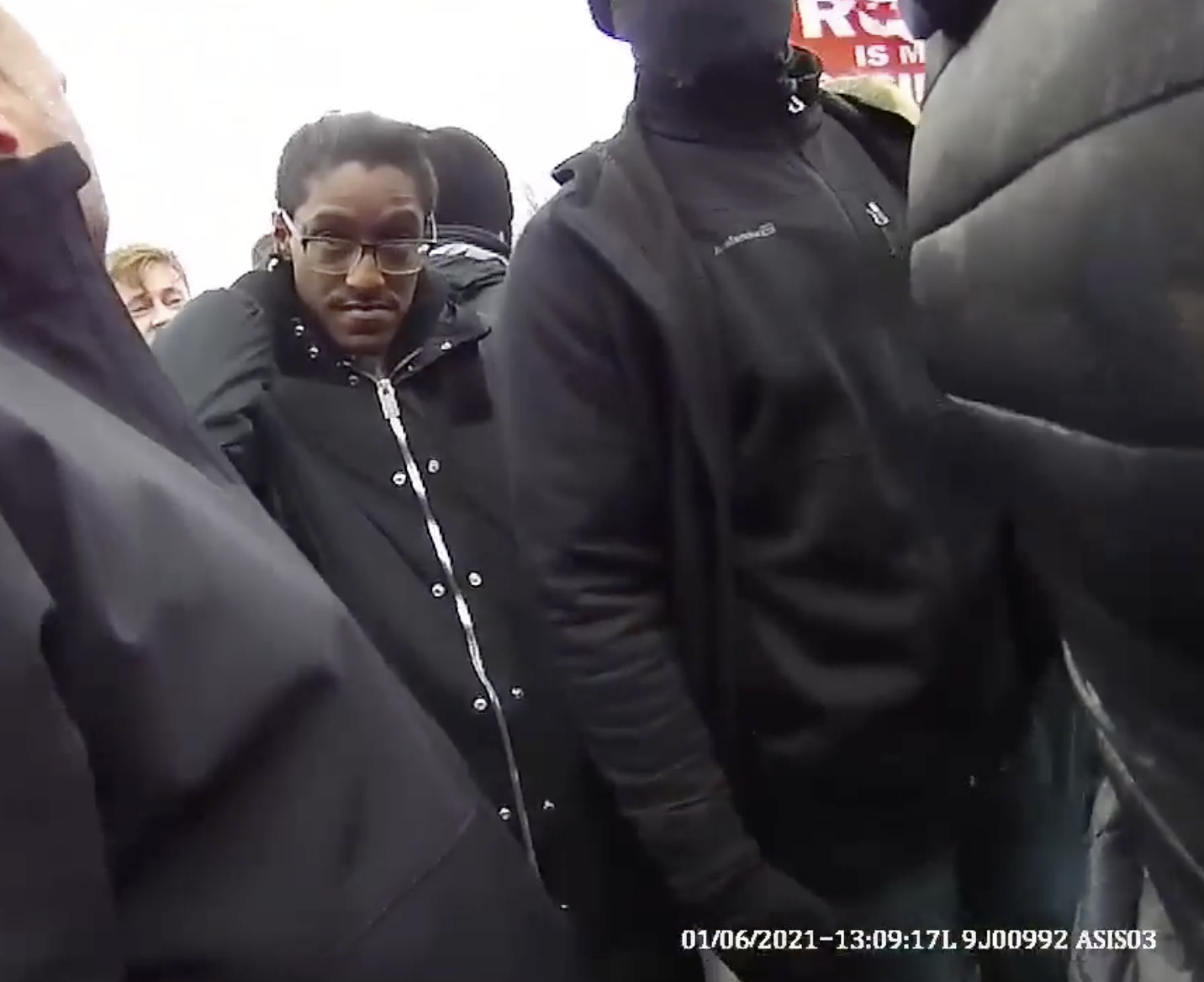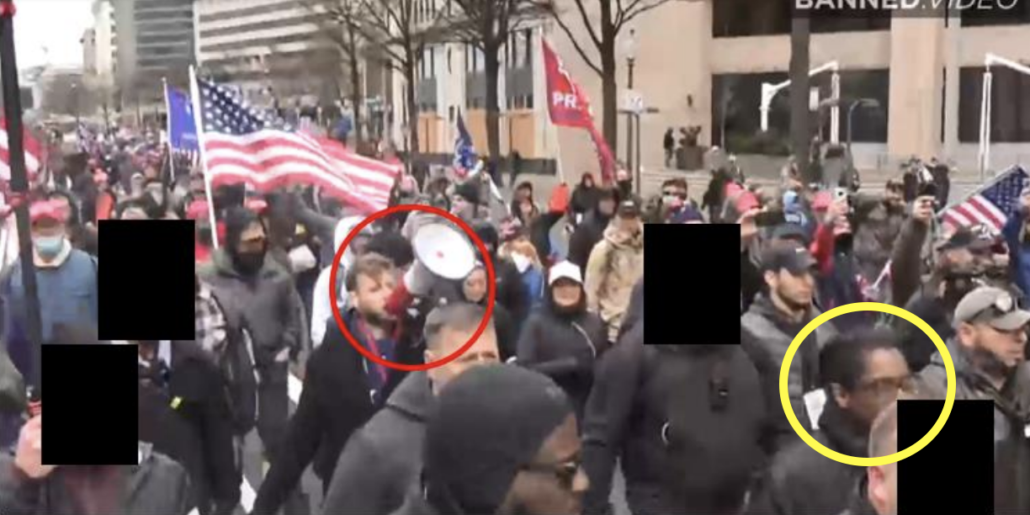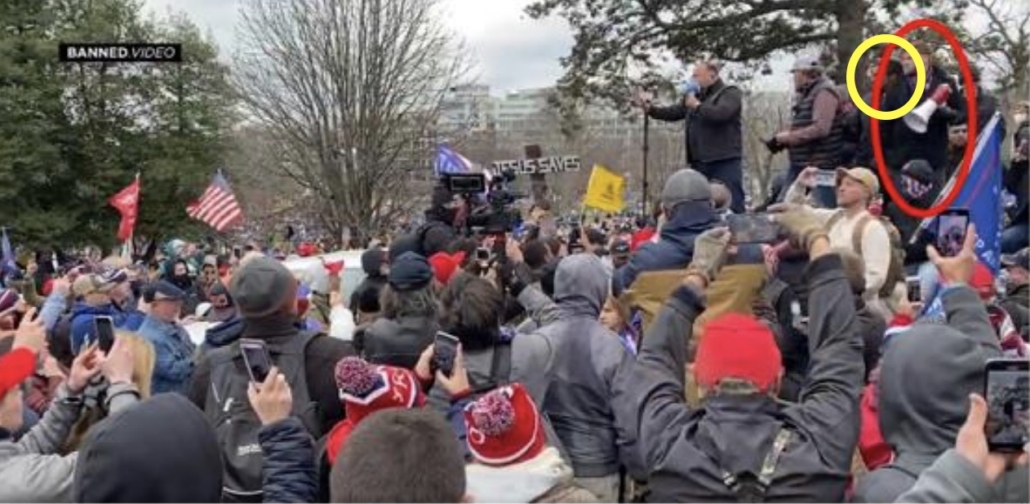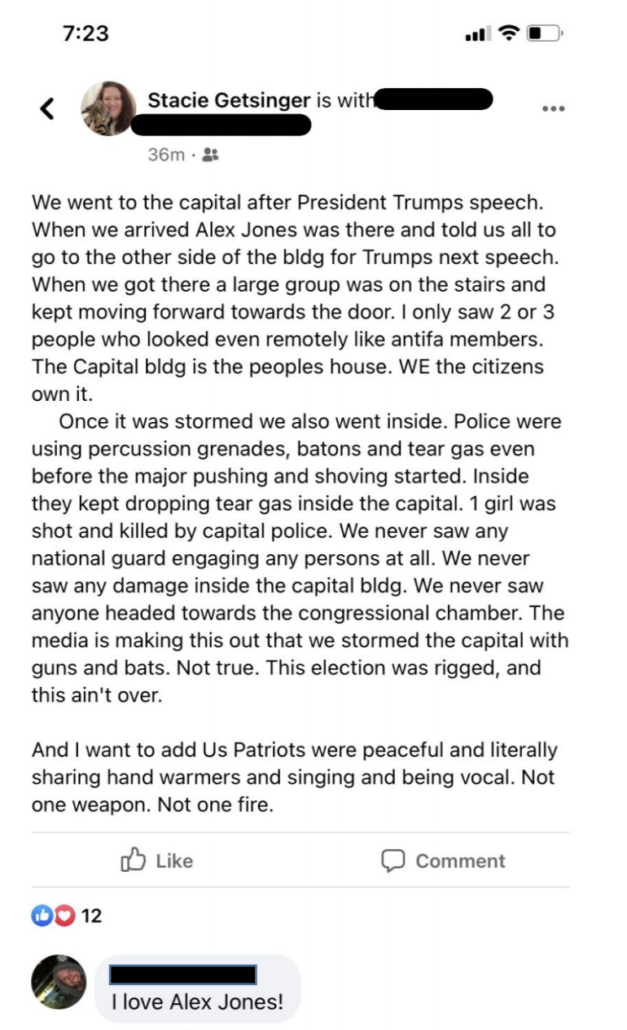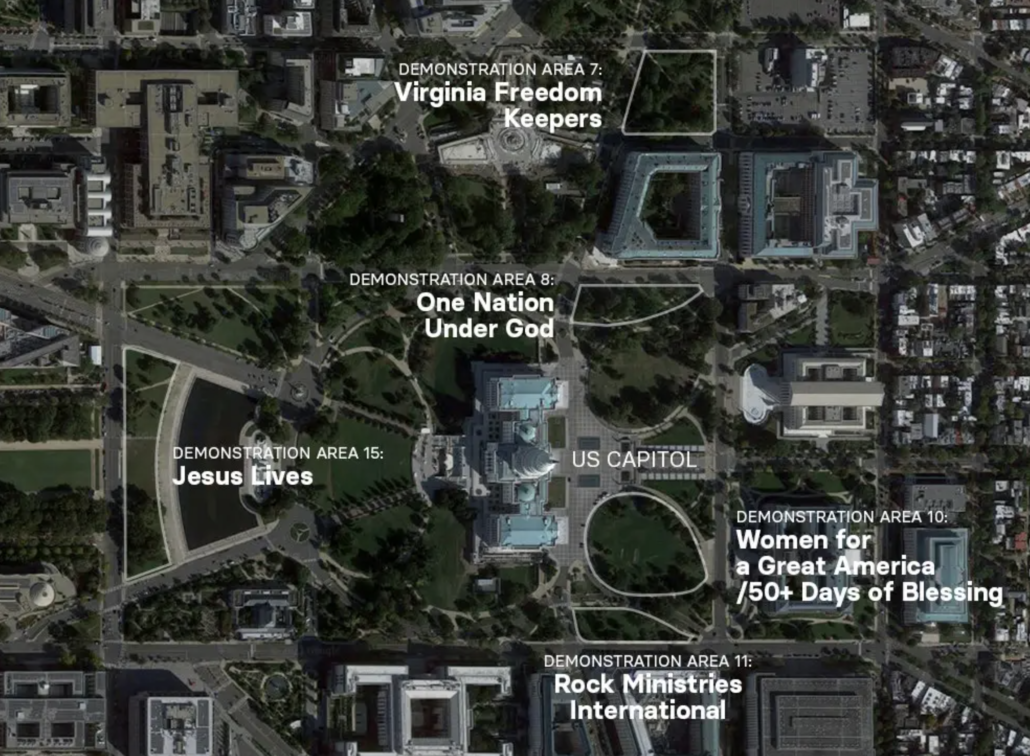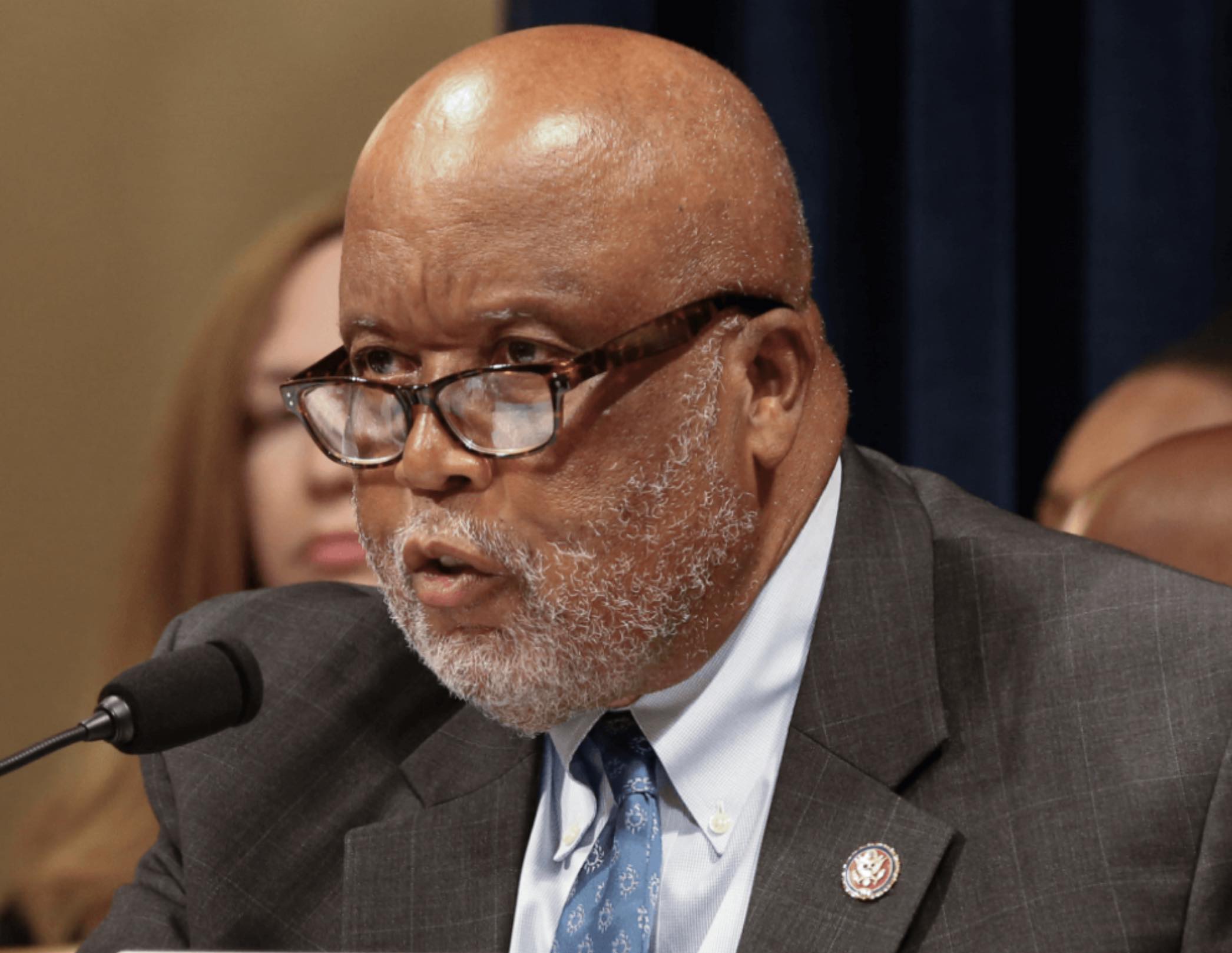Mark Meadows Promised the Kind of National Guard Protection that Proud Boy Charles Donohoe Seemed to Expect
I argued last week that any contempt report for Mark Meadows will serve as much as a draft warrant affidavit for the FBI as it would the basis for a criminal contempt indictment.
The committee released their report last night and, as I expected, it describes some of the more damning evidence already obtained regarding Meadows. It includes 12 bullet points (included below), many derived from documents already turned over, describing Meadows’ role in sowing disinformation about the election and his early knowledge of the violence that might result.
As Politico reported, one of those bullets described Meadows emailing someone and saying that the National Guard would “protect pro Trump people.”
Mr. Meadows sent an email to an individual about the events on January 6 and said that the National Guard would be present to ‘‘protect pro Trump people’’ and that many more would be available on standby.
Former Acting Secretary of Defense Christopher Miller told Congress that’s what Trump ordered him to do on January 3. But if Meadows passed on that privileged order the President gave to Miller, either directly or indirectly, to people involved in the riot, it might have helped them to plan.
And that’s interesting, because when Proud Boy Charles Donohoe saw a public report about the Guard being called in at 3:45 PM of on the day of the riot (these texts reflect the Washington State time zone in which Ethan Nordean’s phone was seized), he responded with surprise that the Guard would “attack … Trump supporters.”
If Meadows had a hand in alerting the Proud Boys that they would not face any response from the Guard, it would go a long way to explaining how they planned their operation in the way they did.
It also might explain why, minutes after Donohoe had just reported, minutes earlier, that “we are regrouping with a second force,” that second assault was abandoned.
As some of the bullets make clear, Mark Meadows had advance warning from organizers that things would get violent on January 6. And as the riot developed, he was in constant communication with Kash Patel, the Chief of Staff at the Defense Department that proved unwilling to deploy to protect the Capitol.
And it’s just possible he shared information that was central to the expectations of and plans by the militia that organized the assault.
Mr. Meadows was one of a relatively small group of people who witnessed the events of January 6 in the White House and with then-President Trump. Mr. Meadows was with or in the vicinity of then-President Trump on January 6 as he learned about the attack on the U.S. Capitol and decided whether to issue a statement that could stop the rioters.28 In fact, as the violence at the Capitol unfolded, Mr. Meadows received many messages encouraging him to have Mr. Trump issue a statement that could end the violence, and one former White House employee reportedly contacted Mr. Meadows several times and told him, ‘‘[y]ou guys have to say something. Even if the president’s not willing to put out a statement, you should go to the [cameras] and say, ‘We condemn this. Please stand down.’ If you don’t, people are going to die.’’29
Moreover, Mr. Meadows reportedly spoke with Kashyap Patel, who was then the chief of staff to former Acting Secretary of Defense Christopher Miller, ‘‘nonstop’’ throughout the day of January 6.30 And, among other things, Mr. Meadows apparently knows if and when Mr. Trump was engaged in discussions regarding the National Guard’s response to the Capitol riot, a point that is contested but about which Mr. Meadows provided documents to the Select Committee and spoke publicly on national television after President Trump left office.31
Beyond those matters, the Select Committee seeks information from Mr. Meadows about issues including the following:
- Mr. Meadows exchanged text messages with, and provided guidance to, an organizer of the January 6th rally on the Ellipse after the organizer told him that ‘‘[t]hings have gotten crazy and I desperately need some direction. Please.’’32
- Mr. Meadows sent an email to an individual about the events on January 6 and said that the National Guard would be present to ‘‘protect pro Trump people’’ and that many more would be available on standby.33
- Mr. Meadows received text messages and emails regarding apparent efforts to encourage Republican legislators in certain States to send alternate slates of electors to Congress, a plan which one Member of Congress acknowledged was ‘‘highly controversial’’ and to which Mr. Meadows responded, ‘‘I love it.’’ Mr. Meadows responded to a similar message by saying ‘‘[w]e are’’ and another such message by saying ‘‘Yes. Have a team on it.’’34
- Mr. Meadows forwarded claims of election fraud to the Acting leadership of DOJ for further investigation, some of which he may have received using a private email account and at least one of which he had received directly from people associated with Mr. Trump’s re-election campaign.35
- He also reportedly introduced Mr. Trump to then-DOJ official Jeffrey Clark.36 Mr. Clark went on to recommend to Mr. Trump that he be installed as Acting Attorney General and that DOJ should send a letter to State officials urging them to take certain actions that could affect the outcome of the November 2020 election by, among other things, appointing alternate slates of electors to cast electoral votes for Mr. Trump rather than now-President Biden.37
- Mr. Meadows participated in meetings and calls during which the participants reportedly discussed the need to ‘‘fight’’ back against ‘‘mounting evidence’’ of purported voter fraud after courts had considered and overwhelmingly rejected Trump campaign claims of voter fraud and other election irregularities. He participated in one such meeting in the Oval Office with Mr. Trump and Members of Congress, which he publicly tweeted about from his personal Twitter account shortly after.38 He participated in another such call just days before the January 6 attack with Mr. Trump, Members of Congress, attorneys for the Trump re-election campaign, and ‘‘some 300’’ State and local officials to discuss the goal of overturning certain States’ electoral college results on January 6, 2021.39
- Mr. Meadows traveled to Georgia to observe an audit of the votes days after then-President Trump complained that the audit had been moving too slowly and claimed that the signature-match system was rife with fraud.40 That trip precipitated Mr. Trump’s calls to Georgia’s Deputy secretary of state and, later, secretary of state.41 In the call with Georgia’s secretary of state, which Mr. Meadows and an attorney working with the campaign also joined, Mr. Trump pressed his unsupported claims of widespread election fraud, including claims related to deceased people voting, forged signatures, out-of-State voters, shredded ballots, triple-counted ballots, Dominion voting machines, and suitcase ballots, before telling the secretary of state that he wanted to find enough votes to ensure his victory.42 At one point during the call, Mr. Meadows asked ‘‘in the spirit of cooperation and compromise, is there something that we can at least have a discussion to look at some of these allegations to find a path forward that’s less litigious?’’43 At that point, Mr. Trump had filed two lawsuits in his personal capacity and on behalf of the campaign in Georgia, but the United States had not filed—and never did file—any. Mr. Meadows used a personal account in his attempts to reach the secretary of state before.44
- Mr. Meadows was chief of staff during the post-election period when other White House staff, including the press secretary, advanced claims of election fraud. In one press conference, the press secretary claimed that there were ‘‘very real claims’’ of fraud that the Trump re-election campaign was pursuing and said that mail-in voting was one that ‘‘we have identified as being particularly prone to fraud.’’45
29Documents on file with the Select Committee (Meadows production); Carol Leonnig and Philip Rucker, I Alone Can Fix It, (New York: Penguin, 2021), p. 476.
30 Adam Ciralsky, ‘‘‘The President Threw Us Under the Bus’: Embedding with Pentagon Leadership in Trump’s Chaotic Last Week,’’ Vanity Fair, (Jan. 22, 2021), available at https:// www.vanityfair.com/news/2021/01/embedding-with-pentagon-leadership-in-trumps-chaotic-lastweek.
31Documents on file with the Select Committee (Meadows production); Transcript, ‘‘The Ingraham Angle,’’ Fox News, (Feb. 11, 2021), available at https://www.foxnews.com/transcript/ biden-warns-china-could-eat-our-lunch-after-phone-call-with-xi; Transcript, ‘‘Hannity,’’ Fox News, (Feb. 12, 2021), available at https://www.foxnews.com/transcript/new-yorker-who-lostmother-in-law-in-nursing-home-blasts-disgrace-cuomo; Testimony of Hon. Christopher C. Miller, U.S. House of Representatives Committee on Oversight and Reform, (May 12, 2021), available at https://oversight.house.gov/sites/democrats.oversight.house.gov/files/Miller%20Testimony.pdf.
32Documents on file with the Select Committee (Meadows production).
33Documents on file with the Select Committee (Meadows production).
34Documents on file with the Select Committee (Meadows production).
35Documents on file with the Select Committee.
36Michael Bender, Frankly, We Did Win This Election: The Inside Story of How Trump Lost, (New York: Grand Central Publishing, 2021), p. 369.
37Documents on file with the Select Committee.
38Marissa Schultz, ‘‘Trump meets with members of Congress plotting Electoral College objections on Jan. 6,’’ Fox News, (Dec. 21, 2021), available at https://www.foxnews.com/politics/members-of-congress-trump-electoral-college-objections-on-jan-6; Tweet, @MarkMeadows, (Dec. 21, 2020 at 6:03 p.m.) (‘‘Several members of Congress just finished a meeting in the Oval Office with President @realDonaldTrump, preparing to fight back against mounting evidence of voter fraud. Stay tuned.’’).
39 Caitlin McFall, ‘‘Trump, House Republicans held call to discuss Electoral College rejection: Brooks,’’ Fox News, (Jan. 2, 2021), available at https://www.foxnews.com/politics/gop-splits-electoral-college-certification; Tweet, @RepMoBrooks, (Jan. 2, 2021 at 7:17 p.m.) (‘‘Our fight for honest & accurate elections gains momentum! @JimlJordan & I co-lead conference call w 50+ Congressmen who join & fight for America’s Republic! . . . President Trump & CoS Mark Meadows speaking. Morale is HIGH! FIGHT!’’); Paul Bedard, ‘‘Exclusive: Trump urges state legislators to reject electoral votes, ‘You are the real power’,’’ Washington Examiner, (Jan. 3, 2021), available at https://www.washingtonexaminer.com/washington-secrets/exclusive-trump-urges-statelegislators-to-reject-electoral-votes-you-are-the-real-power.
40Linda So, ‘‘Trump’s chief of staff could face scrutiny in Georgia criminal probe,’’ Reuters, (March 19, 2021), available at https://www.reuters.com/article/us-usa-trump-georgia-meadows-insight-idUSKBN2BB0XX.
41 Id.
42 ‘‘AP FACT CHECK: Trump’s made-up claims of fake Georgia votes,’’ Associated Press, (Jan. 3, 2021), https://apnews.com/article/ap-fact-check-donald-trump-georgia-elections-atlantac23d10e5299e14daee6109885f7dafa9; ‘‘Here’s the full transcript and audio of the call between Trump and Raffensperger, Washington Post, (Jan. 2, 2021), https://www.washingtonpost.com/politics/trump-raffensperger-call-transcript-georgia-vote/2021/01/03/2768e0cc-4ddd-11eb-83e3- 322644d82356—story.html.
43 ‘‘Here’s the full transcript and audio of the call between Trump and Raffensperger, Washington Post, (Jan. 2, 2021), https://www.washingtonpost.com/politics/trump-raffensperger-calltranscript-georgia-vote/2021/01/03/2768e0cc-4ddd-11eb-83e3-322644d82356—story.html.
44Documents on file with the Select Committee.
45Transcript of November 20, 2020, White House Press Conference, available at https:// www.rev.com/blog/transcripts/press-secretary-kayleigh-mcenany-white-house-press-conferencetranscript-november-20.

